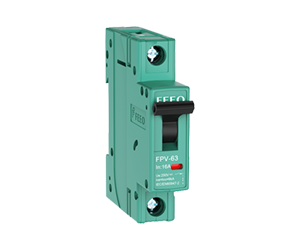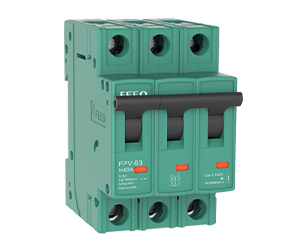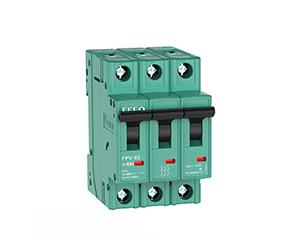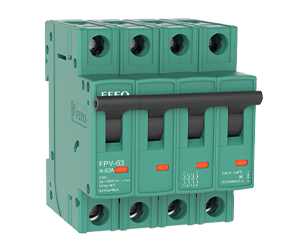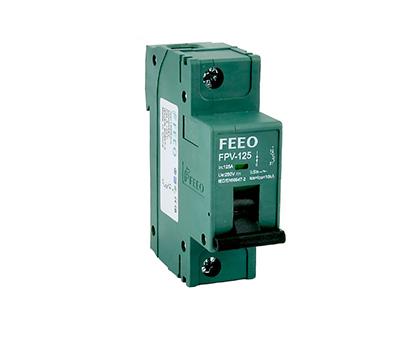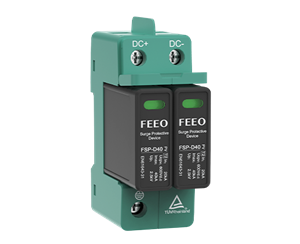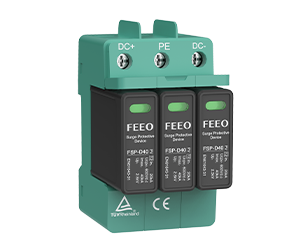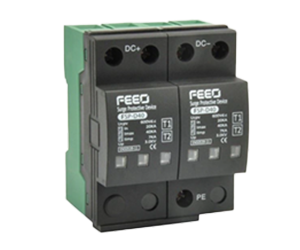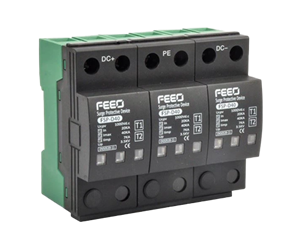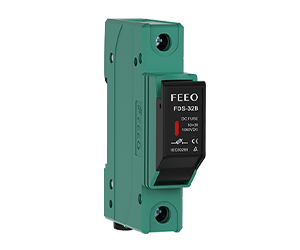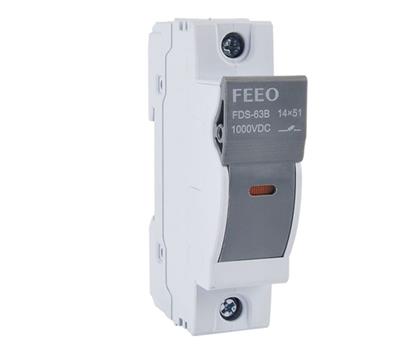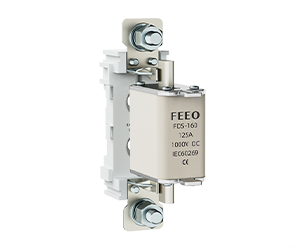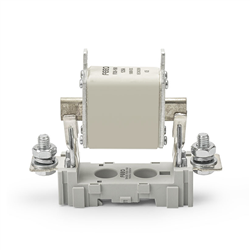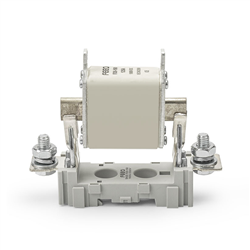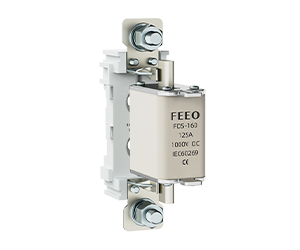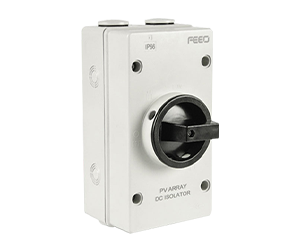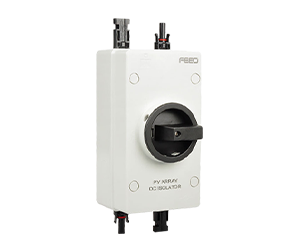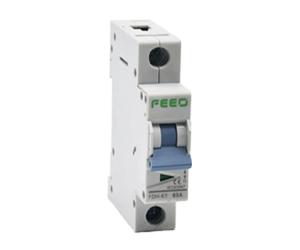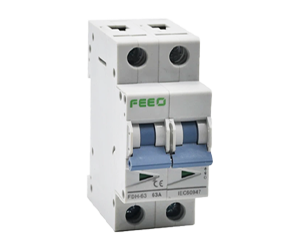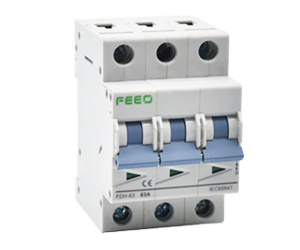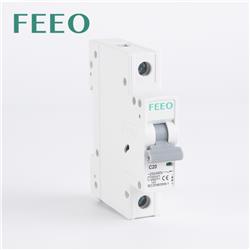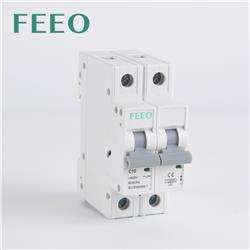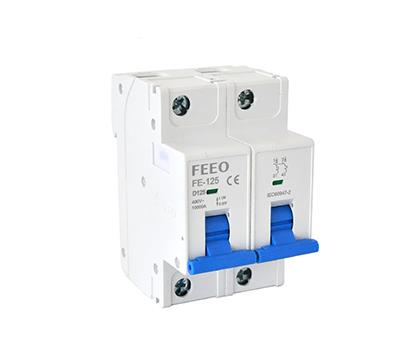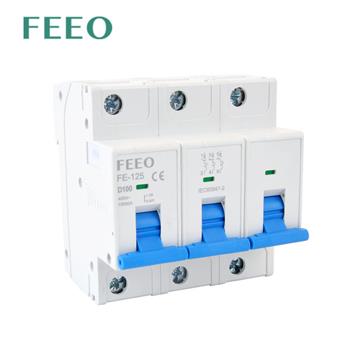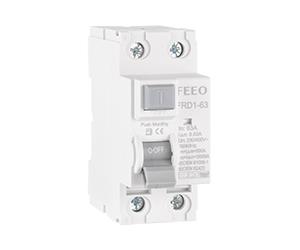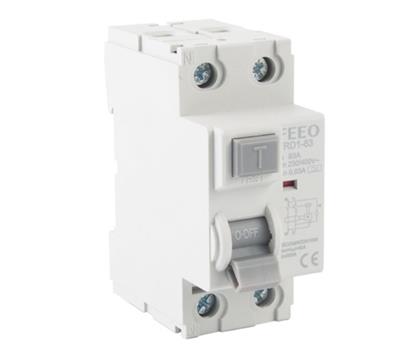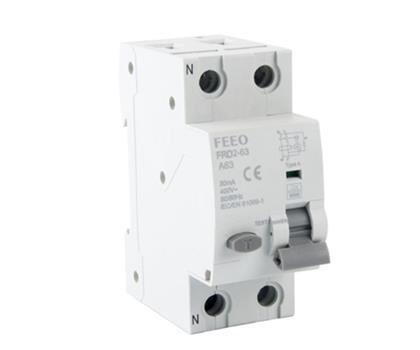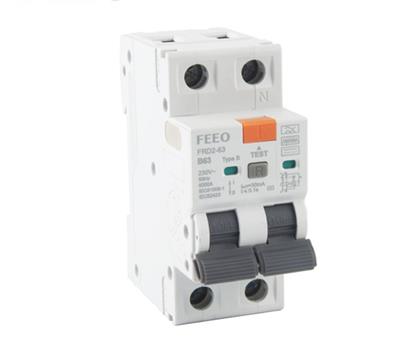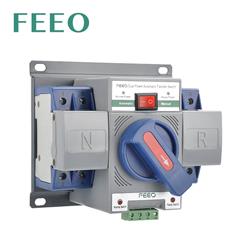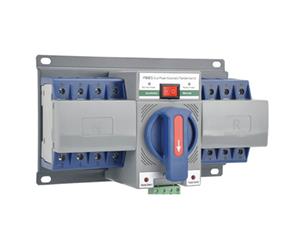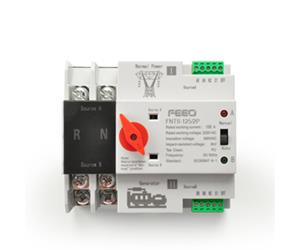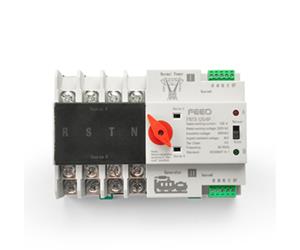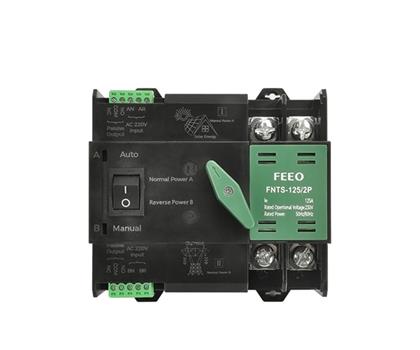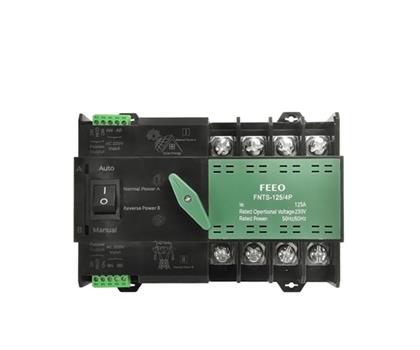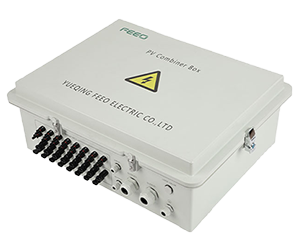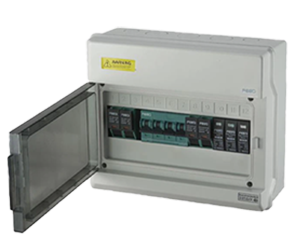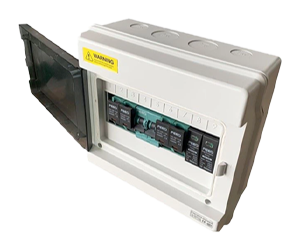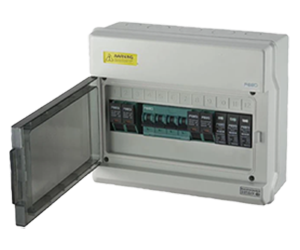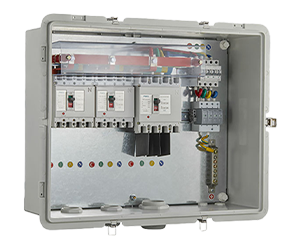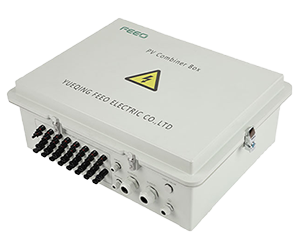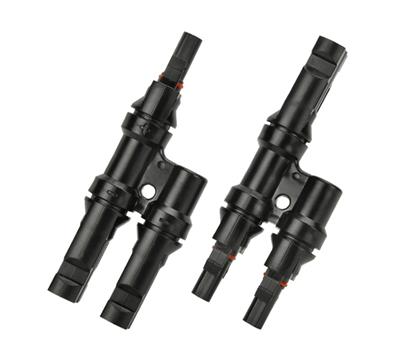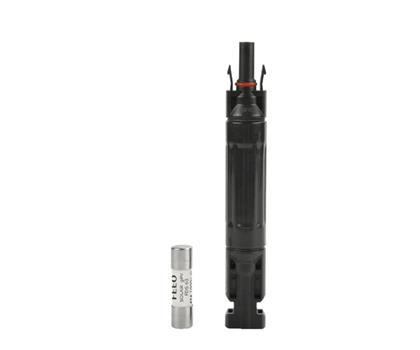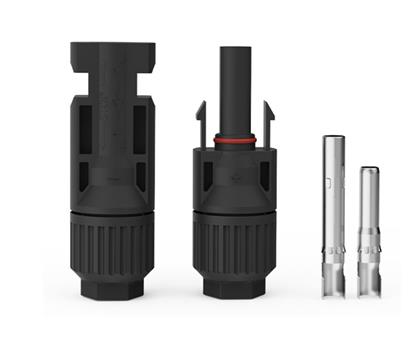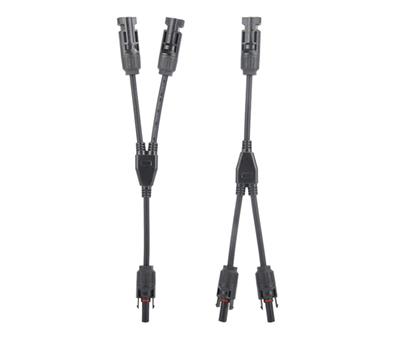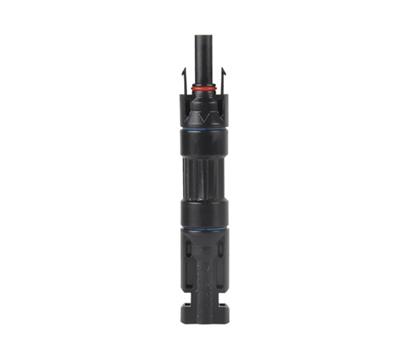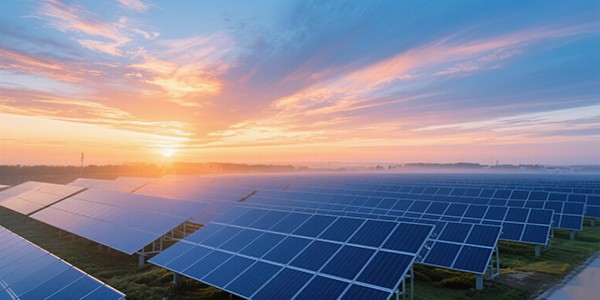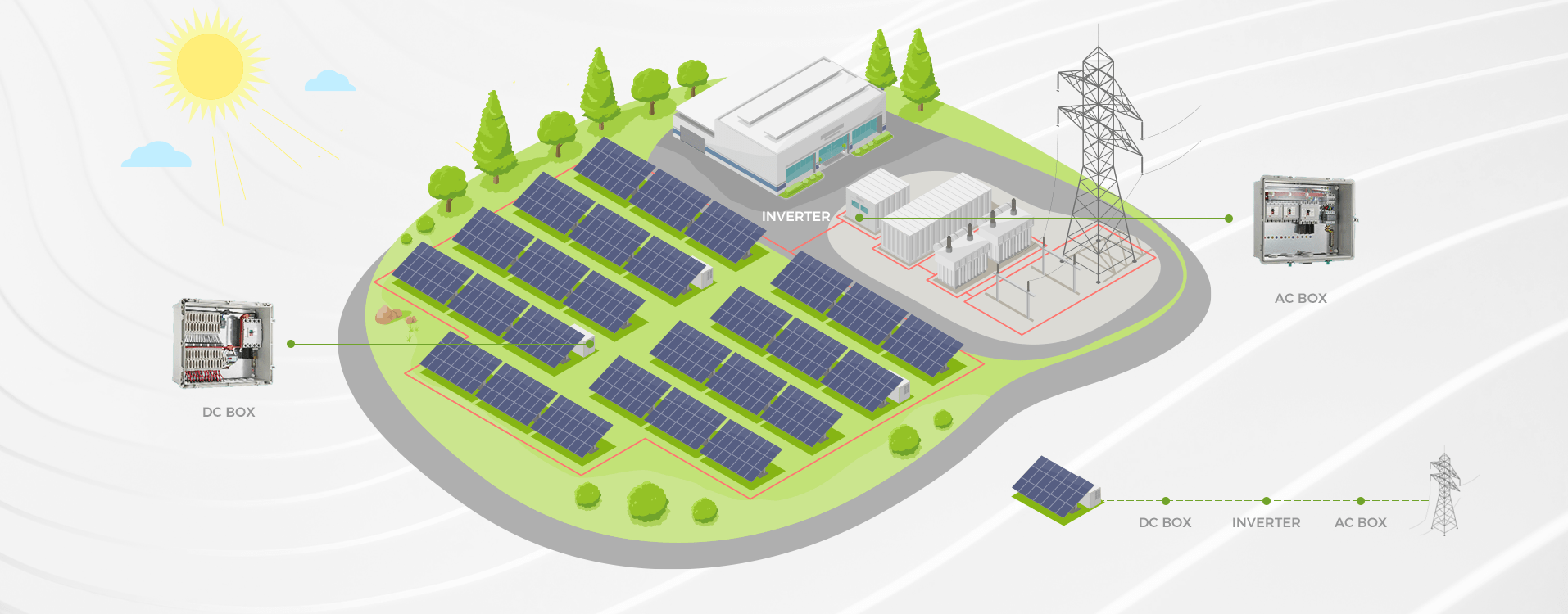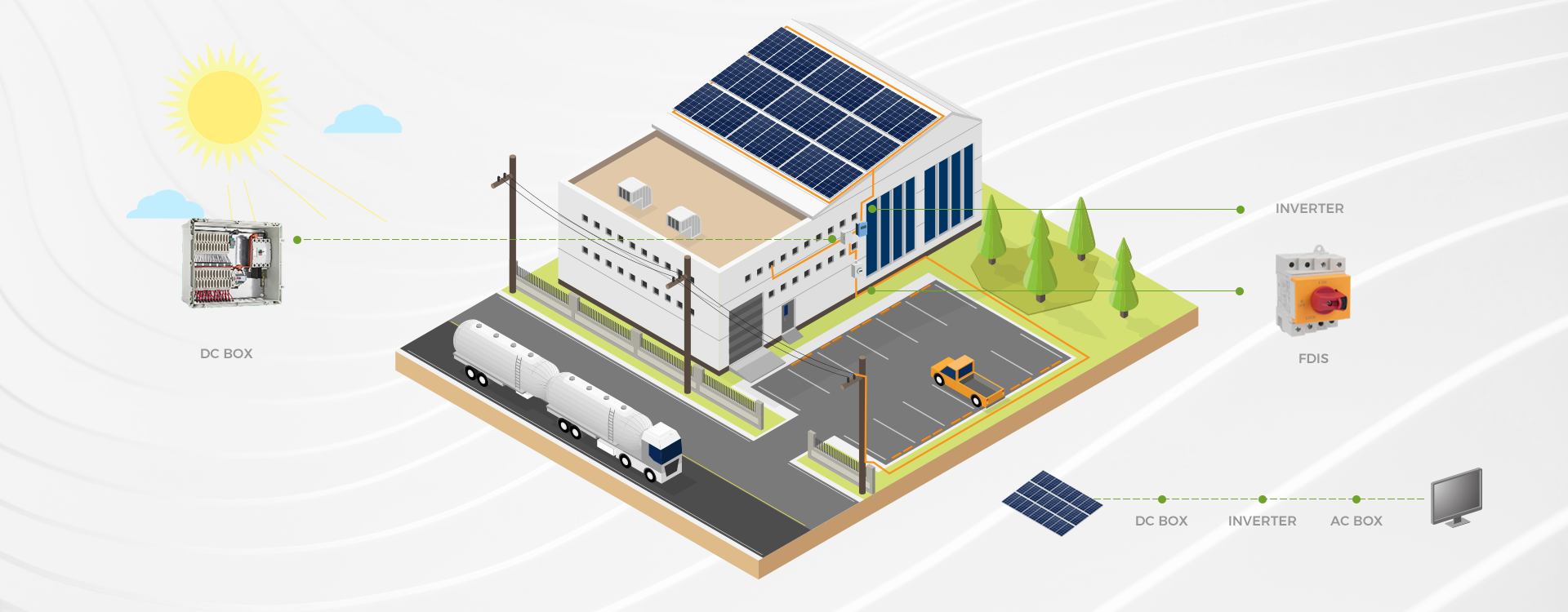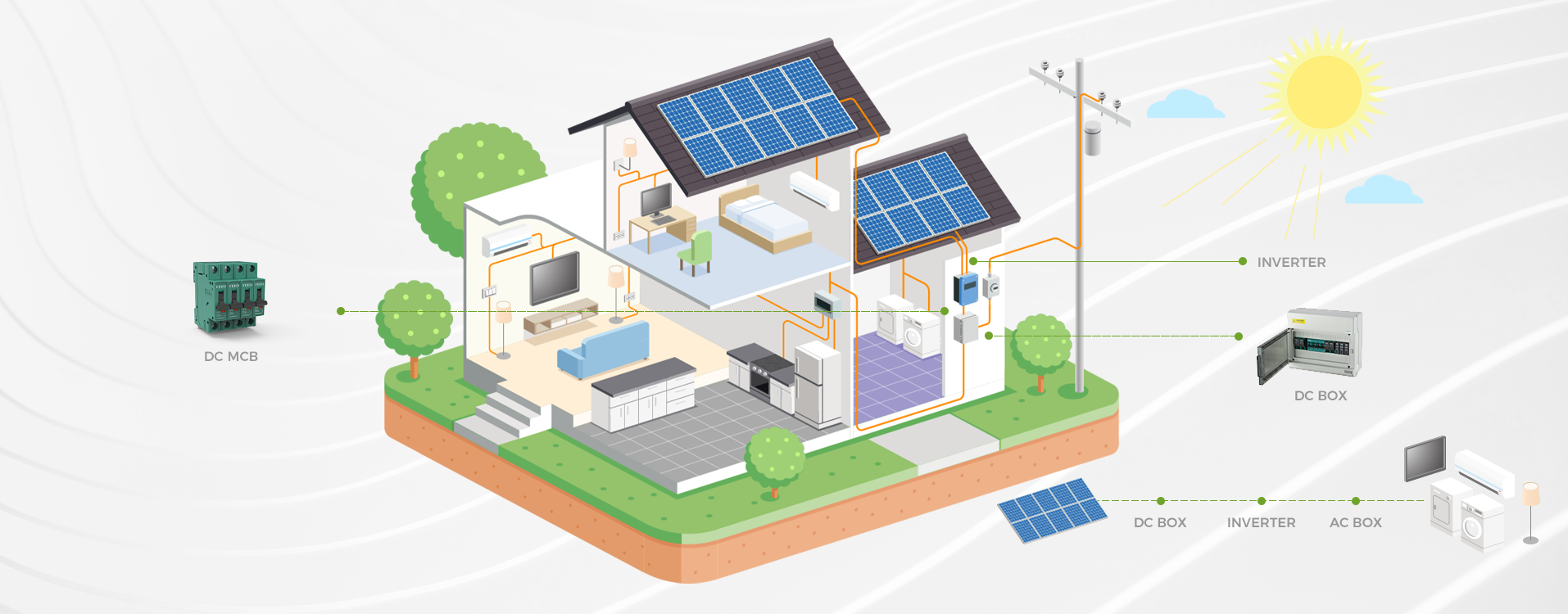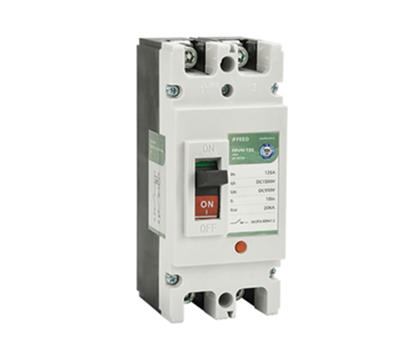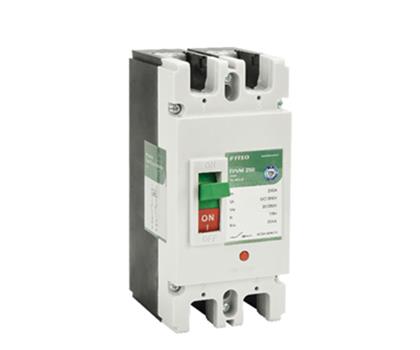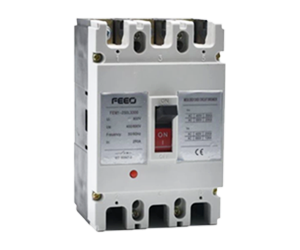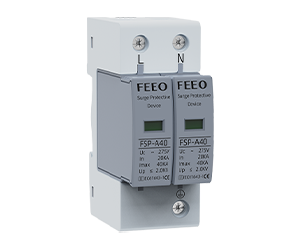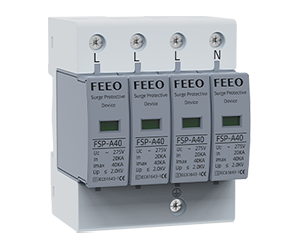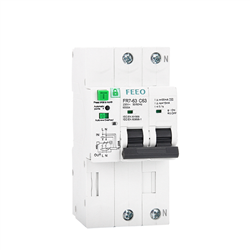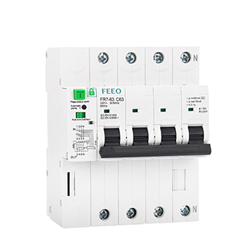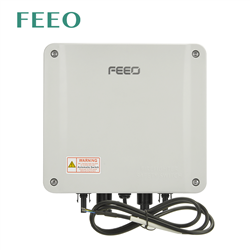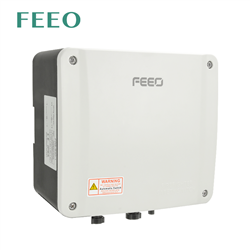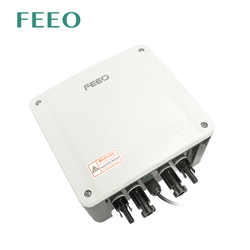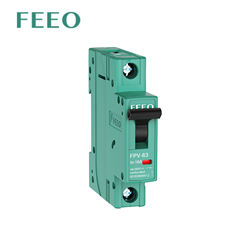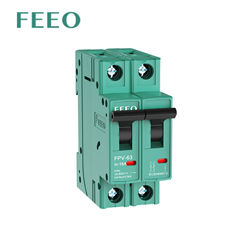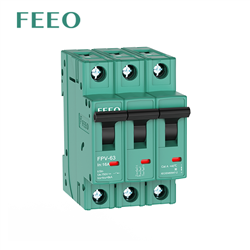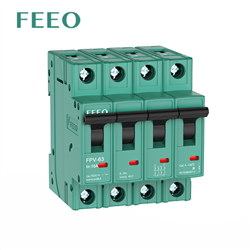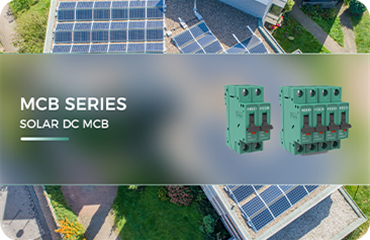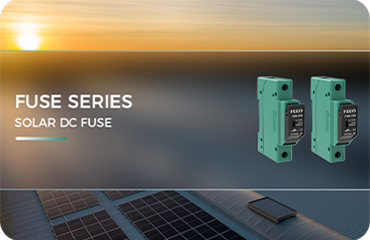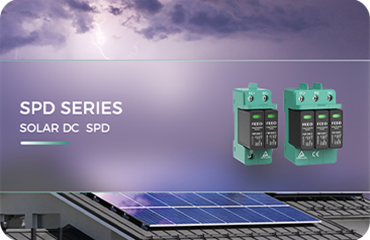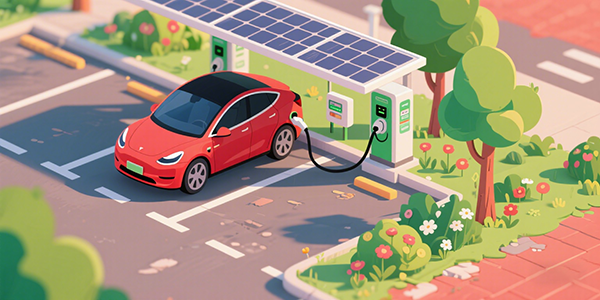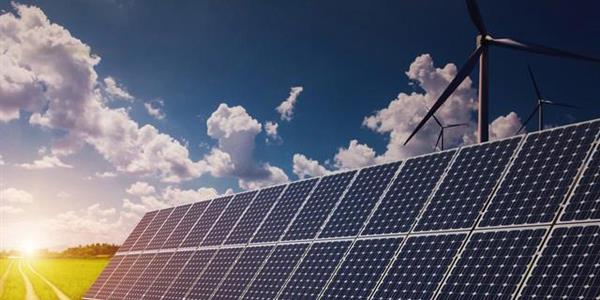
Photovoltaic (PV) systems have become increasingly popular over the past few decades as a means of generating clean, renewable energy. However, these systems are not without their challenges, particularly when it comes to protecting them from the effects of power surges. DC Surge Protective Devices (SPDs) are designed to protect your solar installation from these potentially damaging events. In this article, we'll discuss what a DC SPD is, how it works, how to connect and install it, and the differences between AC and DC SPDs.
What is a DC SPD
A DC SPD, or Direct Current Surge Protective Device, is an essential component of a solar PV system, designed to protect the system's components from damage caused by power surges. Power surges can be caused by a variety of factors, including lightning strikes, grid disturbances, or even the switching of large electrical loads within the building. In any of these cases, the surge can cause damage to the solar panels, inverters, and other system components, leading to costly repairs or replacements.
The primary function of a DC SPD is to limit the voltage and divert the surge current away from the PV system's components, thereby protecting them from damage. By doing so, the DC SPD ensures the longevity of your solar installation and helps maintain its efficiency over time.
How Does a DC SPD Work
A DC SPD works by detecting a surge in voltage and responding quickly to divert the excess energy away from the system's components. The key component of the SPD is the Metal Oxide Varistor (MOV), which is a voltage-dependent resistor. In normal operating conditions, the MOV offers high resistance to the flow of current, effectively isolating the SPD from the circuit. However, when a voltage surge occurs, the MOV's resistance rapidly decreases, allowing the surge current to flow through it and away from the system's components.
Once the surge has passed, the MOV's resistance returns to its normal, high level, allowing the system to continue operating normally. This process occurs within nanoseconds, ensuring that the system is protected from even the most sudden and severe surges.
How to Connect a DC SPD
When connecting a DC SPD to your solar PV system, it's essential to follow the correct procedure to ensure the device's proper functioning and safety. Here's a general guideline for connecting a DC SPD:
1.
Identify the correct location: The DC SPD should be installed as close as possible to the potential source of the surge, such as the PV array, inverter, or combiner box. This helps minimize the length of the connecting cables, which in turn reduces the risk of damage.
2.
Turn off the system: Before connecting the SPD, ensure that the PV system is completely turned off and isolated from any potential electrical hazards.
3.
Connect the SPD: The DC SPD typically has three terminals: one for the positive terminal of the PV array (marked '+'), one for the negative terminal (marked '-'), and one for the ground (marked 'PE' or 'GND'). Connect the appropriate cables from the PV array and the grounding system to the corresponding terminals on the SPD.
4.
Verify connections: Double-check that all connections are secure and properly tightened. Loose connections can lead to arcing, which can damage the system and pose a safety hazard.
How to Install a DC SPD
Once the DC SPD is connected, it's essential to install it correctly. Here are the steps for installing a DC SPD:
1.
Choose a suitable enclosure: The DC SPD should be installed in an enclosure that provides adequate protection from the elements, as well as from mechanical damage. The enclosure should also be designed to allow for proper heat dissipation, as the SPD may generate heat during operation.
2.
Mount the SPD: Secure the SPD within the enclosure, ensuring that it is firmly attached and properly aligned. The SPD should be mounted vertically, with the terminals facing downward, to prevent the accumulation of dust or moisture on the connections.
3.
Route the cables: Route the cables from the PV array, inverter, and grounding system to the enclosure, ensuring that they are properly secured and protected from damage. Use appropriate cable glands or conduit to maintain the enclosure's ingress protection rating.
4.
Test the system: Once the SPD is installed, test the PV system to ensure that it is functioning correctly and that the SPD is providing adequate protection.
Difference Between AC SPD and DC SPD
While both AC and DC SPDs serve the same basic purpose - protecting electrical systems from voltage surges - there are several key differences between the two.
1.
Type of current: The primary difference between AC and DC SPDs lies in the type of current they are designed to protect. AC SPDs are designed for use with alternating current (AC) systems, while DC SPDs are specifically designed for direct current (DC) systems, such as solar PV installations.
2.
Voltage levels: Due to the different typesof current they are designed to handle, AC and DC SPDs typically operate at different voltage levels. AC SPDs are designed to protect equipment connected to the utility grid, where voltages can range from 120V to 480V. In contrast, DC SPDs are designed for solar PV systems, where voltages can range from a few hundred volts up to 1500V, depending on the system size and configuration.
3.
Clamping characteristics: AC and DC SPDs have different clamping characteristics due to the nature of the currents they protect. AC SPDs need to handle both the positive and negative half-cycles of the alternating current waveform, while DC SPDs only need to handle the unidirectional flow of direct current. This difference is reflected in the design and construction of the MOVs used in each type of SPD.
4.
Response times: Because solar PV systems can be subject to rapid voltage fluctuations, DC SPDs typically have faster response times than AC SPDs. This ensures that the system is protected from even the most sudden and severe voltage surges.
5. I
nstallation location: AC SPDs are generally installed at the main service panel or at the point of entry of the utility power into a building. DC SPDs, on the other hand, are installed within the solar PV system, typically near the array, inverter, or combiner box.
In conclusion, DC Surge Protective Devices play a crucial role in protecting solar photovoltaic systems from the damaging effects of power surges. Understanding how they work, how to connect and install them, and the differences between AC and DC SPDs is essential for ensuring the longevity and efficiency of your solar installation. By taking the time to properly implement DC SPDs, you can safeguard your investment and enjoy the benefits of clean, renewable energy for years to come.
